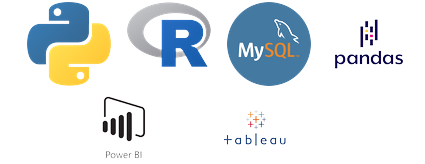In Power BI, the RELATED function in DAX (Data Analysis Expressions) is used to fetch a related value from another table. It works within a row context to retrieve a corresponding value from a related table, which is linked through a relationship.
Here’s a basic explanation and example of how the RELATED function works:
Syntax
dax
RELATED(<column>)
- <column>: The column from the related table that you want to retrieve.
How It Works
- Relationships:
RELATEDrelies on existing relationships between tables in your data model. There must be a relationship between the table you are working in and the table from which you want to retrieve the data. - Row Context:
RELATEDoperates in a row context, meaning it evaluates on a row-by-row basis within the table where it is used.
Example Scenario
Imagine you have two tables:
- Sales: Contains sales transaction data.
- Columns:
OrderID,ProductID,Quantity,SalesAmount
- Columns:
- Products: Contains product details.
- Columns:
ProductID,ProductName,Category,Price
- Columns:
You want to add a calculated column in the Sales table to fetch the ProductName from the Products table.
Step-by-Step Example
- Ensure Relationship: Ensure there is a relationship between the Sales table and the Products table on the
ProductIDcolumn. - Create Calculated Column:
- Go to the Sales table in Power BI.
- Create a new calculated column using the following DAX formula:
dax
Product Name = RELATED(Products[ProductName])
- Result: This new column,
Product Name, will now contain the name of the product for each sales transaction, fetched from the Products table.
Practical Use Cases
- Enhancing Data Models: Fetch additional details from related tables to enrich your data model.
- Reporting: Include related data in reports without having to manually join tables.
Tips
- Performance Considerations: Be mindful of performance when using
RELATEDextensively, especially with large datasets, as it can affect performance. - Alternative: For complex data models or performance optimization, consider using other DAX functions or data model designs, such as
LOOKUPVALUEor combining tables in the query editor.
Common Pitfalls
- Missing Relationships: If there’s no relationship between the tables,
RELATEDwill not work. - Cardinality Issues: Ensure the relationship is appropriately set (e.g., one-to-many) for
RELATEDto function correctly.
By understanding and effectively using the RELATED function, you can leverage Power BI’s capabilities to create more insightful and connected data visualizations.

